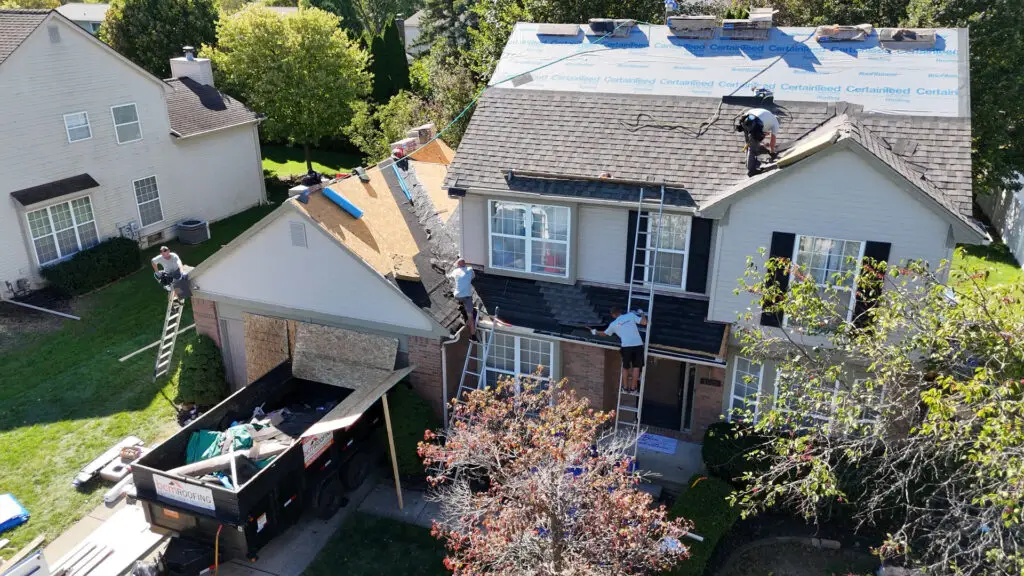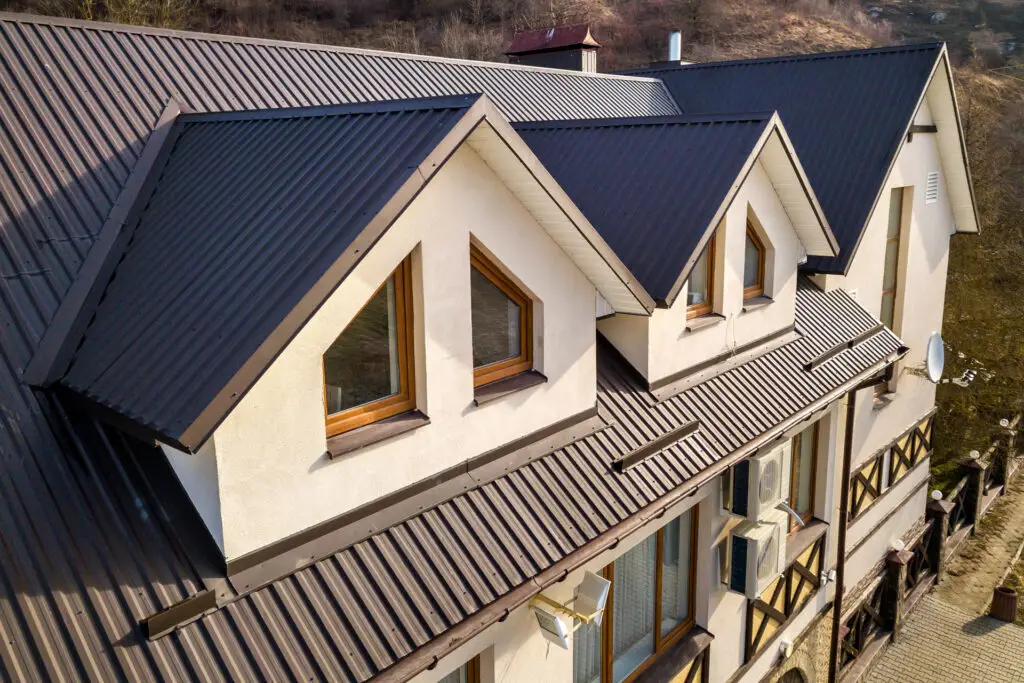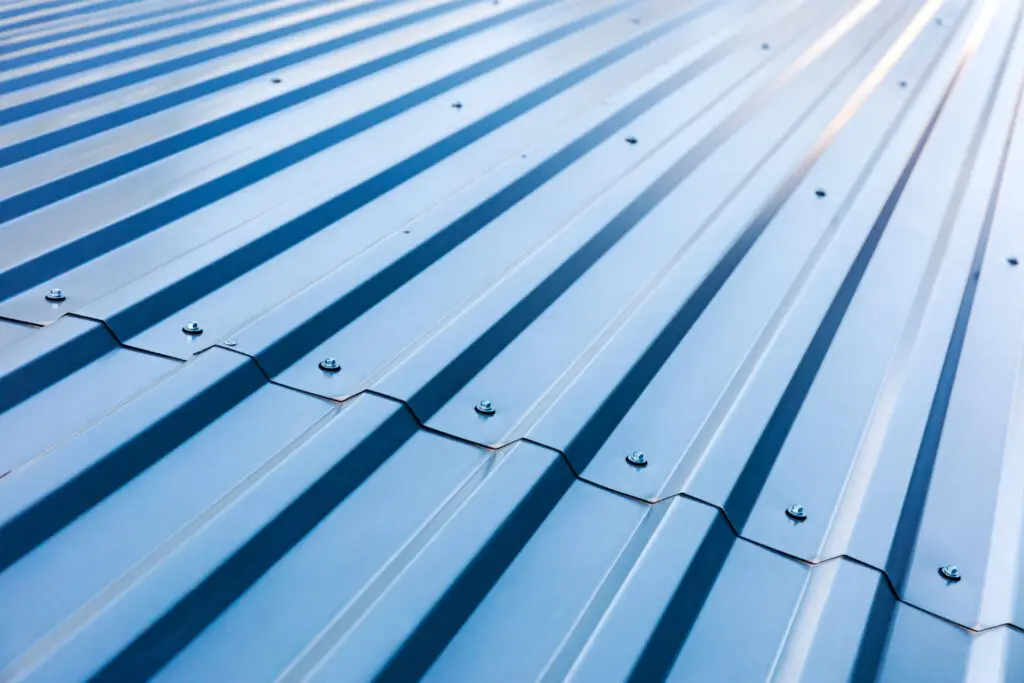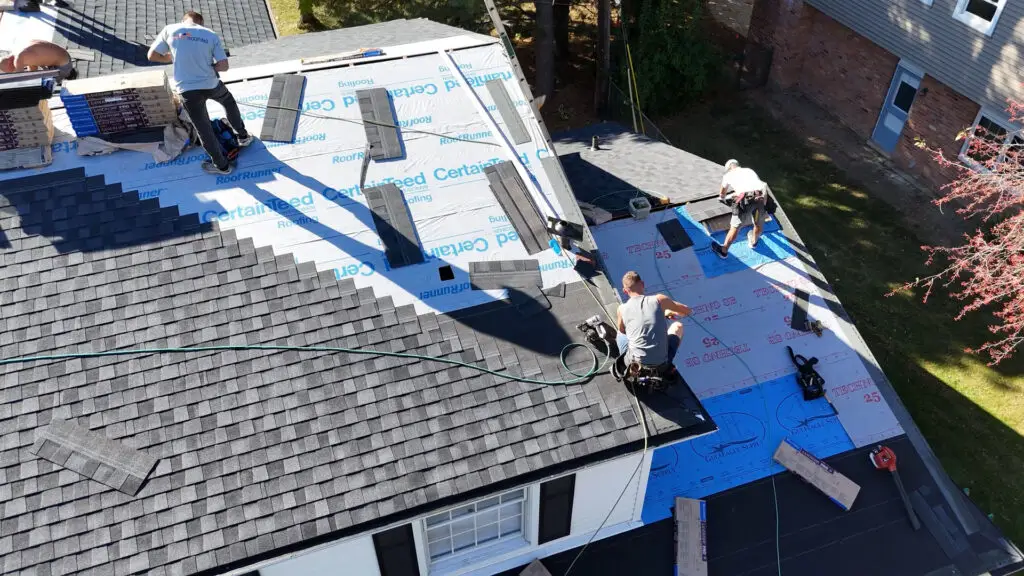If your roof is nearing or past the 20-year mark, you might be wondering: will insurance cover a 20-year-old roof repair if damage occurs? The answer isn’t always straightforward, and it largely depends on your policy details, the cause of the damage (such as storms, hail, wind, falling debris, or other causes), and the condition of your roof prior to the incident.
In this guide, we’ll break down the key factors that impact insurance coverage for damage on older roofs and explain what Michigan homeowners should keep in mind when filing a claim.
Age Matters—But It’s Not Everything
Homeowners insurance typically covers roof damage caused by unexpected events such as windstorms, hail, falling trees, or fire. But when your roof reaches the 20-year mark, it becomes a gray area. Many homeowners ask, will insurance cover a 20-year-old roof, and the answer often depends on how the damage occurred and how well the roof has been maintained.
Insurance providers often consider 20 years to be the tail end of a roof’s expected lifespan—especially for asphalt shingles. At this age, even minor damage may be interpreted as the result of normal wear and tear, which is not covered by most policies. If your roof has visible signs of aging—like curling shingles, granule loss, or soft spots—you may face greater scrutiny when filing a claim.
That said, will insurance cover an aging roof if it was hit by a sudden storm? Possibly. But be prepared for reduced reimbursement or a denied claim if the insurer finds signs that the roof was already in poor condition before the incident. Some carriers won’t even issue new policies on homes with 20+ year-old roofs unless you replace the roof or pass a professional inspection.
Actual Cash Value vs. Replacement Cost
One of the most important things to understand when asking, will insurance cover a 20-year-old roof, is how your policy values the roof itself. Most policies include either actual cash value (ACV) or replacement cost value (RCV) coverage—and the difference can be thousands of dollars.
- ACV Coverage: If your roof is insured at actual cash value, your payout will reflect the depreciated worth of your 20-year-old roof. Since roofing materials lose value over time, a 20-year-old roof may only qualify for a small fraction of the cost it would take to replace it. For example, if your roof originally cost $10,000 and has depreciated 80%, your insurance payout may only be $2,000—leaving you responsible for the rest.
- RCV Coverage: Replacement cost coverage reimburses you for the full cost of replacing the damaged portion of your roof (minus your deductible), regardless of how old it is. This type of policy offers more protection, but it’s not always available for older roofs—or it may come with higher premiums.
When wondering will insurance cover a 20-year-old roof, always start by checking which valuation method your policy uses. Older roofs are often shifted to ACV coverage, especially if the insurer has concerns about their condition or age.
When Insurance Is More Likely to Cover It
Even if your roof is two decades old, insurance may still cover a 20-year-old roof under certain conditions—especially if the damage is caused by a covered peril and you can show that the roof was well-maintained.
Insurance companies look for specific signs when determining whether to honor your claim:
- The cause of damage: If a windstorm, hail, or falling debris caused sudden and significant damage, your 20-year-old roof could still qualify for coverage—even under an ACV policy. Insurers are more likely to approve claims linked to one-time, severe events rather than long-term deterioration.
- Maintenance records: Routine inspections, minor repairs, and clear documentation of upkeep can improve your chances. When asking will insurance cover a 20-year-old roof, proof of regular maintenance may make the difference between approval and denial.
- Compliance with building codes: Some policies require that your roof meets local codes or was updated within a certain timeframe. If your roof was installed properly and remains in decent structural shape, this can help your case.
At the end of the day, will insurance cover a 20-year-old roof? Sometimes—but you’ll likely need documentation, damage caused by a sudden event, and a roof that hasn’t been neglected to make a successful claim.

When Insurance May Deny Coverage
While many homeowners hope their policy will step in after roof damage, the reality is that insurance may not cover a 20-year-old roof if signs of age or neglect are present. Insurance companies are in the business of managing risk, and an aging roof—especially one that hasn’t been properly maintained—can raise red flags.
If your roof is visibly worn, sagging, leaking, or missing shingles due to years of exposure, your claim could be denied outright. This is especially true if the damage is not linked to a sudden, unexpected event but instead appears to be the result of gradual deterioration.
Common reasons your claim for a 20-year-old roof may be denied include:
- Lack of maintenance records: Insurance companies may request documentation proving that you’ve kept up with regular maintenance. Without it, they may assume the damage was preventable and deny your claim. This is one of the biggest hurdles when asking, will insurance cover a 20-year-old roof?
- Pre-existing damage: If the roof already had issues—like curling shingles, soft spots, or damaged flashing—before the event that triggered your claim, insurers may categorize the failure as unrelated to a covered peril.
- Mold, rot, or water damage from old leaks: Long-term issues like water infiltration can lead to rot, mildew, or structural damage. If these problems are deemed to have existed prior to the incident, your insurance company may classify them as maintenance-related and not covered.
- Damage not caused by a sudden insurable event: Roofs naturally degrade over time. If a 20-year-old roof starts leaking due to age—not because of hail or a fallen tree—insurance is unlikely to provide any compensation.
In all these cases, insurers may argue that the roof’s failure was avoidable with proper upkeep or timely replacement. That’s why it’s critical to understand the fine print in your policy and keep detailed records if your roof is approaching or past the 20-year mark.
Still wondering, will insurance cover a 20-year-old roof with visible wear? The short answer is—only if you can show that the damage was sudden, and not due to neglect or natural aging.
What You Can Do Now
If your roof is approaching 20 years old:
- Review your insurance policy to understand your homeowners insurance roof age limit.
- Schedule a professional roof inspection to document current conditions.
- Take photos and maintain a log of repairs or maintenance you’ve done.
- Talk to your insurance agent about how your roof’s age might affect coverage.
- Consider updating your roof proactively—especially if it shows signs of age—so you’re not caught off guard after a storm.
BCM Roofing: Your Partner in Roofing Repairs and Inspections
Whether your roof is 5 years old or 25, we’re here to help. At BCM Roofing, we provide expert inspections, repairs, and full roof replacements to help homeowners stay protected—and give insurers the documentation they need.
Need a roof inspection to prepare for a claim? Contact us today and get the information you need to move forward with confidence.
Roof Insurance Coverage FAQ’S
Does homeowners insurance cover roof replacement for older roofs?
It depends. Most policies exclude replacement for damage caused by general wear and tear. However, if a storm or other covered event damages your 20-year-old roof, you may still be eligible for coverage, especially if your roof is in reasonably good condition. If you’re asking will insurance cover a 20-year-old roof, the answer often comes down to how well it’s been maintained and the cause of the damage.
Can I get full replacement coverage on a 20-year-old roof?
It’s unlikely. Many policies offer actual cash value coverage for roofs over 15 or 20 years old. This means your payout will be reduced based on the age and condition of your roof. Anyone wondering will insurance cover a 20-year-old roof should carefully review their policy details, especially the coverage type (ACV vs. RCV).
How can I improve my chances of coverage?
Keep your roof well-maintained, schedule regular inspections, and document any repairs. If damage occurs, acting quickly and providing detailed records can support your claim.
Should I replace my roof before filing a claim?
No. Always contact your insurance provider first. Replacing the roof beforehand may affect your eligibility. Instead, get a professional inspection and estimate from a trusted roofer like BCM Roofing.


